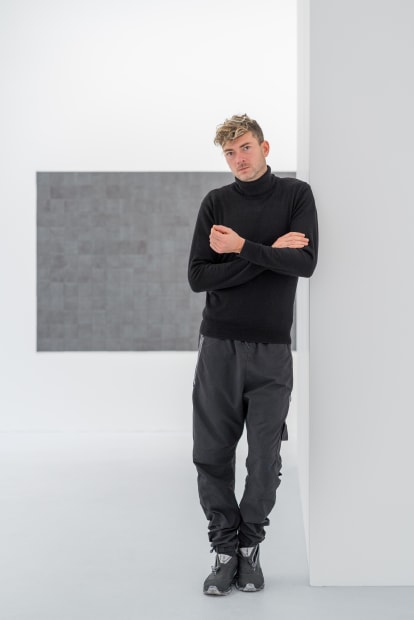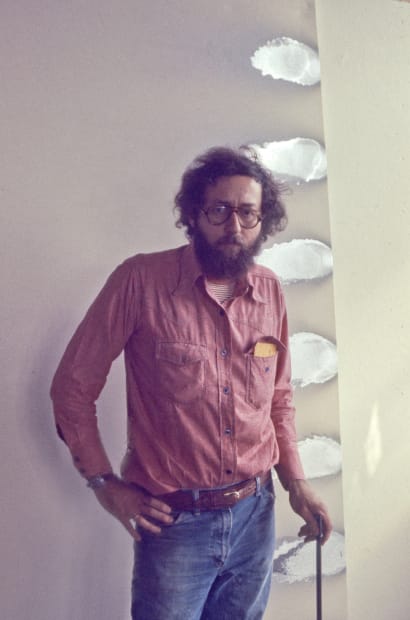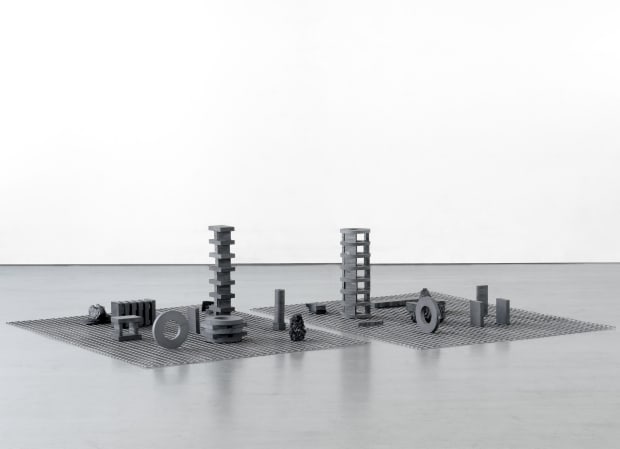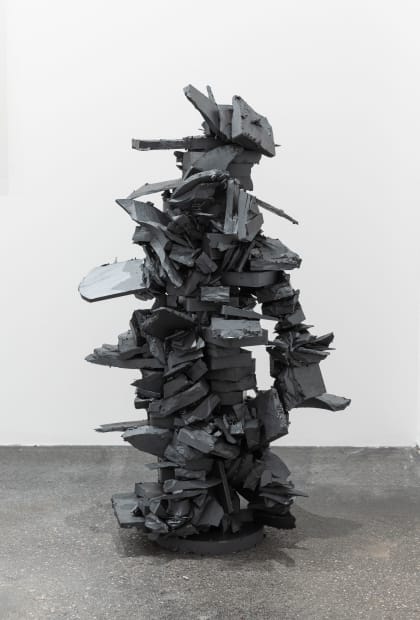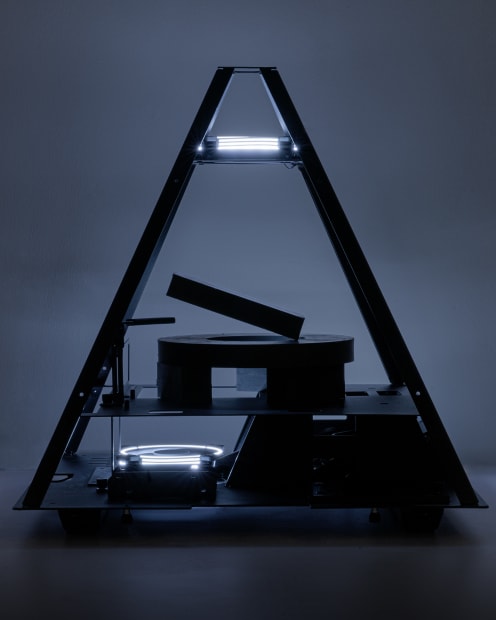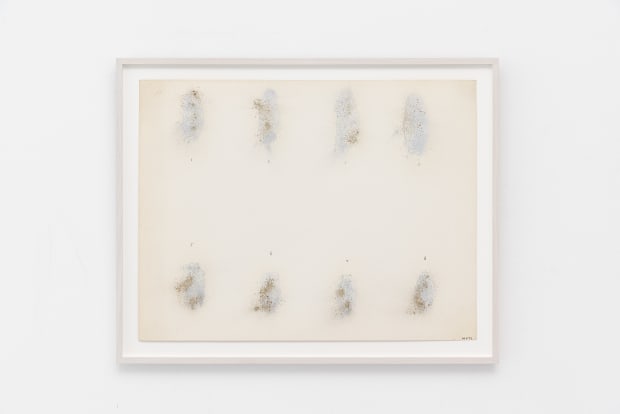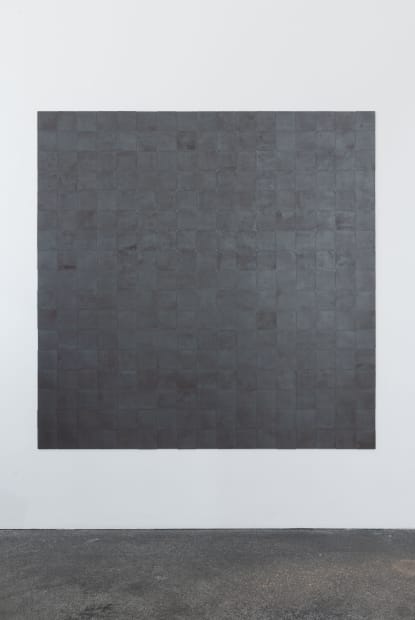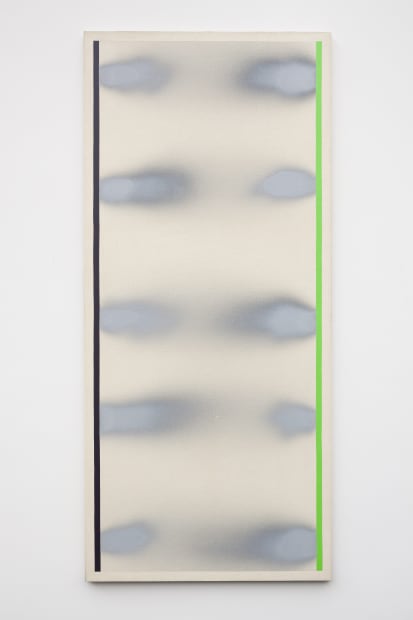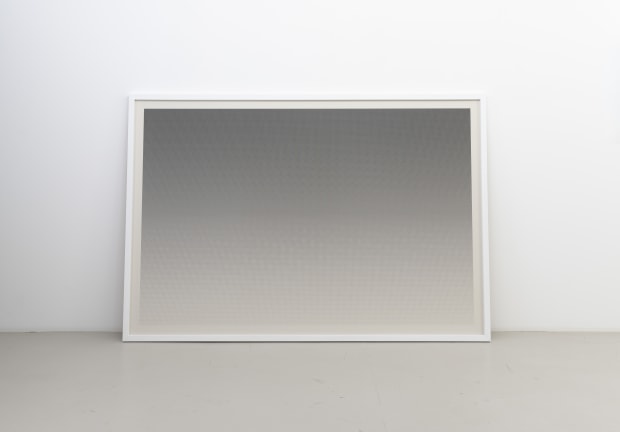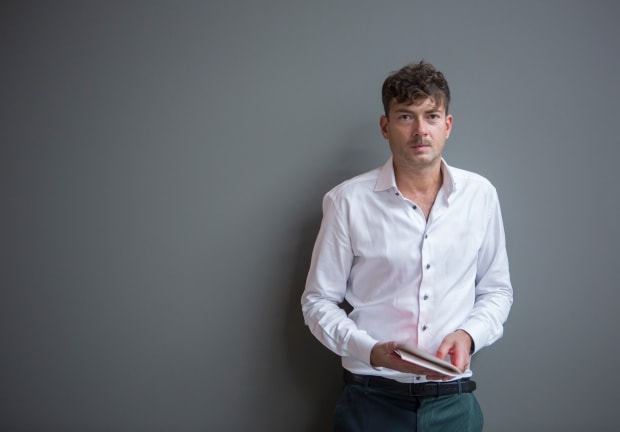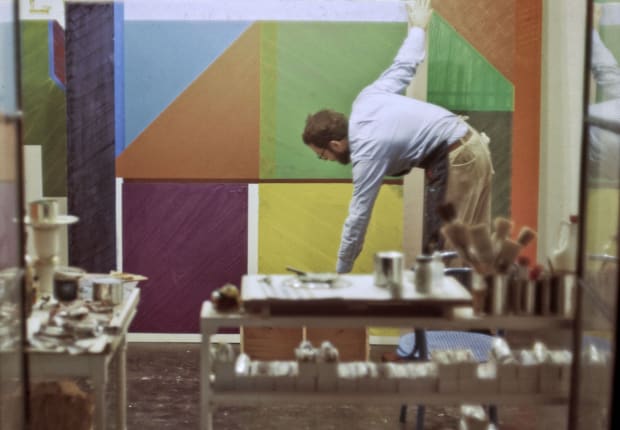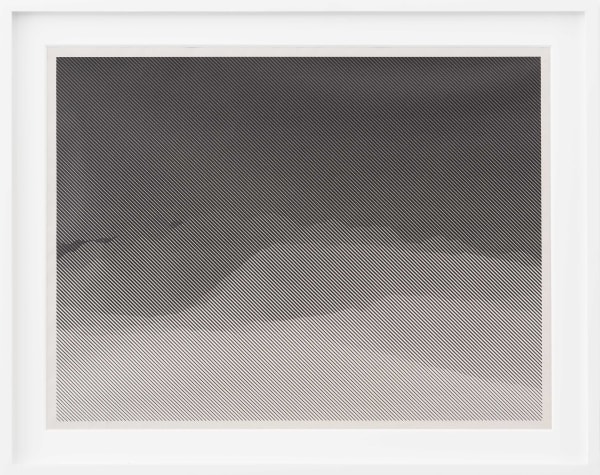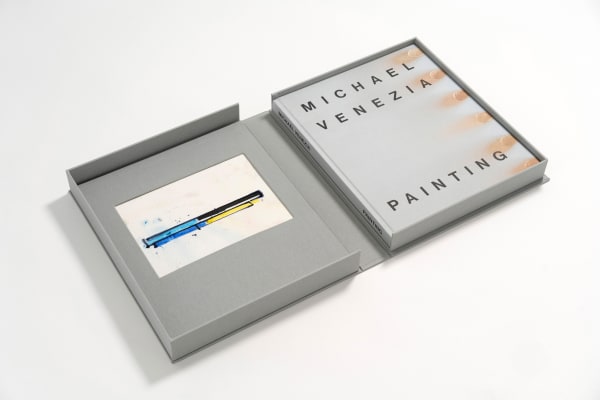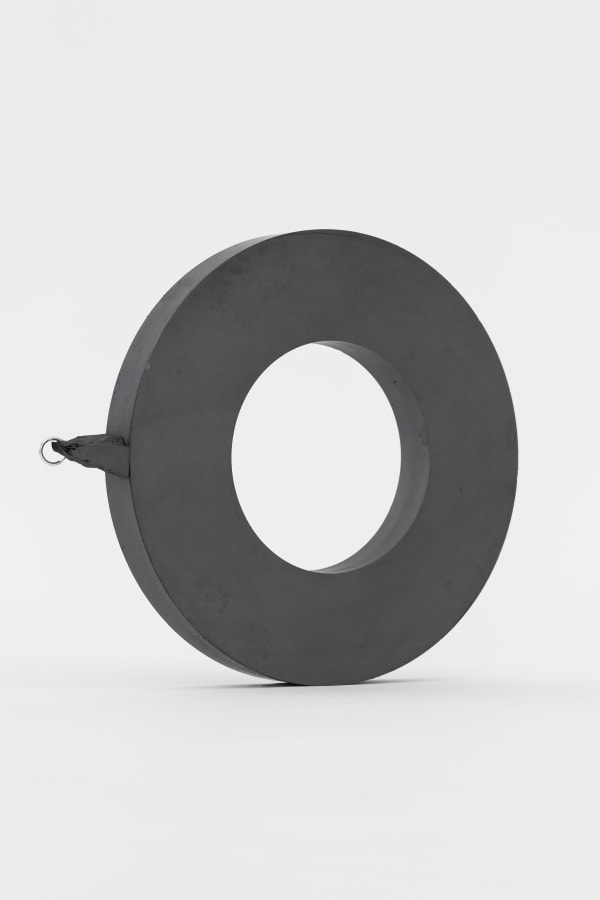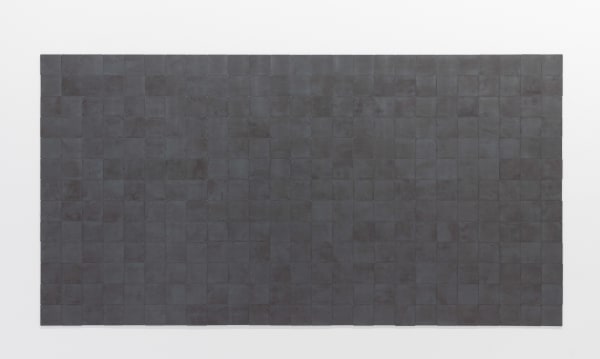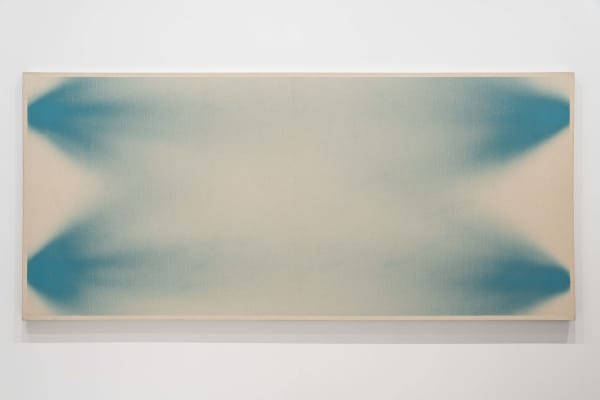-
ROMs
lou jaworski and michael venezia -
-

-
-
"In my work I question the common idea that we are the center of our cosmos"
- Lou Jaworski
-

-

-
"When I was looking for a way of filling large areas, I thought of using a compressor and spray gun – those used in the auto body industry to spray cars. What I didn’t predict is that it pulses – poof, poof, poof – you get these puffs of color in the application, using the spray gun. [...] I started thinking of a way of utilizing these puffs. I continued to be interested in finding ways for paint to arrive on the surface – landing without my touching it."
– Michael Venezia
-

-
-
"I like the fact that the materials I choose are not always completely controllable. This can lead to an abstraction that is based solely on physical laws."
- Lou Jaworski
-

-

-
"In all of Venezia’s work there is an exploration of constants and variables. The redefinition of parameters which is implicit in the works on paper constrasts with the unity of the paintings. Underlying both is and identfication of process, material and the work of art."
– Grace Sieberling, Arts Magazine (1977)
-

-
-
"Jaworski's square and rectangular magnetic tiles refer to Carl Andre, bringing his minimalist floor panels to the wall in an innovative perspective shift. The flat reliefs simultaneously play with their own painterly two-dimensionality as well as with their three-dimensional plasticity."
- Danijel Matijević
-

-

-

-
the artists
-

-

-
mg collective
selected editions -
available artworks
-

